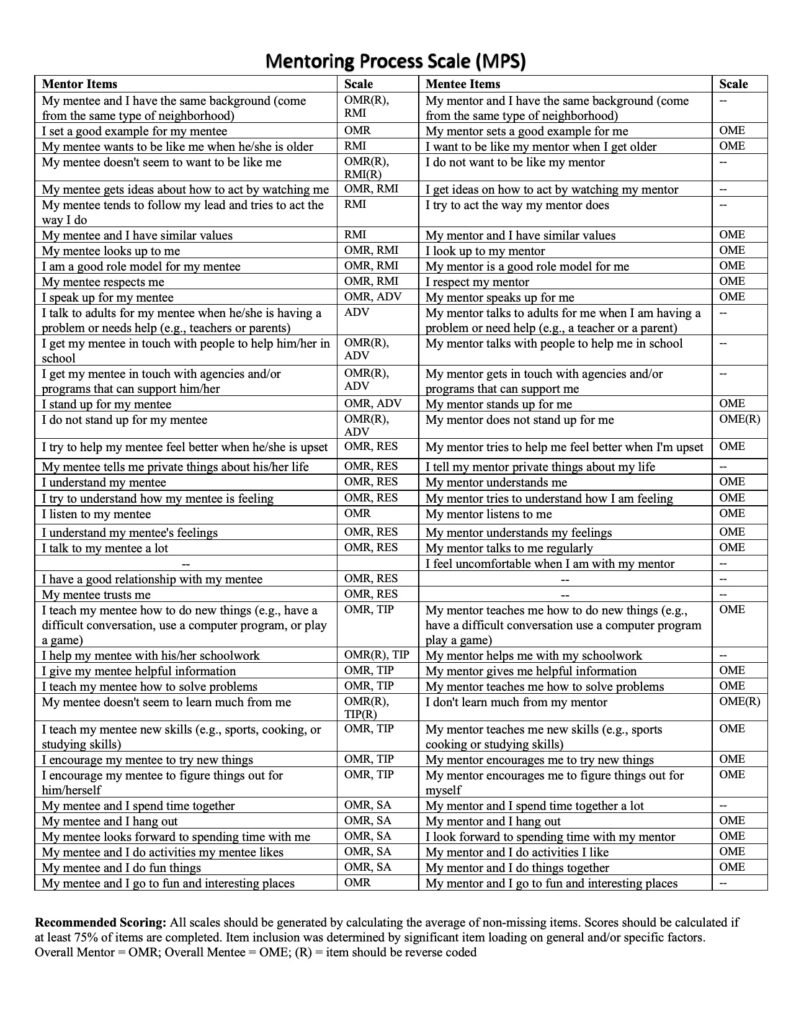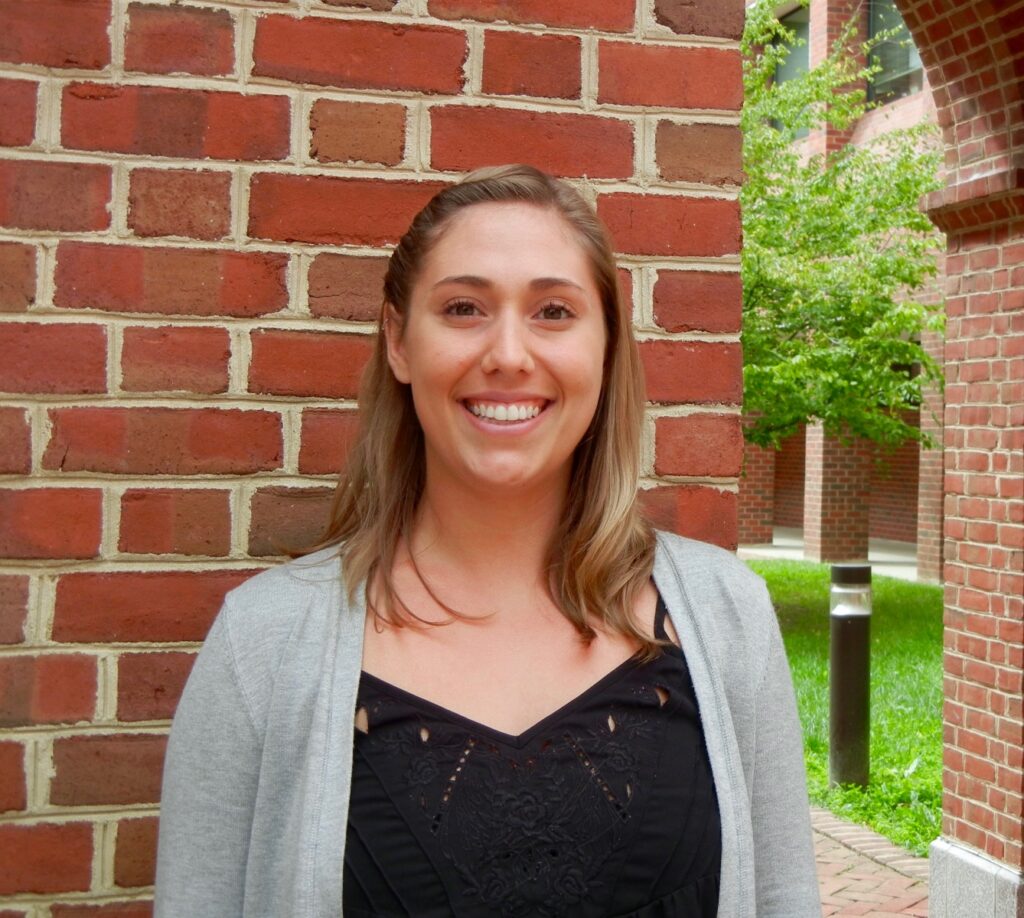By Penny Bishop and Christine Thielen
This blog post is the second in a series of three from the Remaking Middle School initiative. See the first post from the Research to Practice Design Team and the third post from the School Climate & Culture Design Team.
Highlights:
- Young adolescents benefit from teachers who understand their diverse needs and identities, however, specialized teacher preparation for this age group remains inadequate.
- The Remaking Middle School Professional Learning & Development Design Team created an online, open-access resource bank aimed to help educators create developmentally responsive learning opportunities.
- The resource bank offers educators clear and compelling materials that describe characteristics of young adolescents and illustrate how specific teaching approaches can align with these characteristics to optimize student learning.

Young adolescence is a unique and promising time in a young person’s life. Middle schoolers face a dizzying pace of cognitive, social, physical, emotional, and neurological changes.1 They are also increasingly aware of how their social identities– such as race, ethnicity, language, gender, sexual orientation, and social class– may affect their experiences and opportunities.2 While young adolescence presents complex challenges, it also opens up exciting new worlds, as students learn and grow in new ways and in new contexts.
Unfortunately, despite research demonstrating that young adolescents benefit from teachers who understand their diverse needs and identities, specialized teacher preparation for this age group remains inadequate, as “nearly half of the institutions preparing middle level teachers do not offer specialized middle level teacher preparation.”3 Because students benefit from access to learning environments that are based on their developmental needs and social identities,4 the inconsistent training of teachers presents a fundamental equity issue. In this era of decreased funding for professional development, high stakes accountability, and initiative fatigue, educators need high quality resources that are easily accessible and research-based.
Beginning in 2019, our Remaking Middle School Design Team aspired to address just this need. Our primary goal as a team was to help educators who work with young adolescents create responsive learning opportunities. We began our work by brainstorming current challenges, issues, and opportunities related to our goal. One theme that emerged was providing educators easily accessible information about the developmental science of young adolescence ‒ and how to connect the information and research to practice in concrete ways. Additionally, educators were seeking opportunities to direct their own professional learning based on the needs of their individual school communities and students.
With this in mind, our Design Team set out to assemble an open-source resource bank for middle grades teachers (both pre-service and in-service) to create learning opportunities based on young adolescents’ needs and identities in responsive ways. Over the course of six months, our team developed a prototype of an online, open-access resource bank aimed to help teachers achieve four student-focused outcomes: autonomy, belonging, competence, and identity.5 Each desired outcome includes a (1) research-based rationale explaining why it’s critical during early adolescence; and (2) a minimum of ten multimedia resources that illustrate how to teach toward outcome.
By offering an online, open-access resource, we hope to offer educators clear and compelling materials that describe some of the characteristics of young adolescents and illustrate how specific teaching approaches can align with these characteristics to optimize student learning. The resource is free and need not be used sequentially. Educators can personalize their use of it by selecting the outcomes and resources most applicable to their setting and needs.
You can find the resource here.
We recognize that we are launching the resource during an unprecedented time in education as we navigate the challenges and complexities of COVID-19. While we designed the product prior to pandemic, we believe the information and resources remain relevant as we consider ways that we can apply the developmental science to current learning settings. Whether we are online or in-person, we should continue to prioritize teaching to support autonomy, belonging, competence, and identity, and we hope the resources highlighted in the resource bank will amplify that need and spark creativity in how best to support these developmental needs for students in the school year ahead.
As we launch this resource, we will be eager to gather feedback about its use and how the Remaking Middle School Design Lab can continue to build upon the work our team started. For example, our team discussed the possibility of the resource bank being a “living resource” to which others could provide additional resource suggestions.

We encourage you to share your feedback on the tool via the Remaking Middle School Design Teams Feedback Survey.
1 Eccles & Roeser, 1999; Williams, Mims & Johnson, 2019.
2 Brinegar, K.M., Harrison, L.M., & Hurd, E. (Eds.) (2019). Equity and cultural responsiveness in the middle grades. Charlotte, NC: Information Age Publications.
3 Howell et al. 2016, p.10.
4 Bishop & Downes, 2019; Roeser, Eccles, & Sameroff, 2000, Brinegar, K.M., Harrison, L.M., & Hurd, E. (Eds.) (2019). Equity and cultural responsiveness in the middle grades. Charlotte, NC: Information Age Publications.
5 Bishop & Downes, 2019.
The Remaking Middle School initiative is an emerging partnership working to build and steward a new collective effort for young adolescent learning and development. Founding partners include the University of Virginia Youth-Nex Center to Promote Effective Youth Development, the Association for Middle Level Education (AMLE), the Altria Group, and the New York Life Foundation. We are seeking to ignite conversation, action, and a movement to re-envision and remake the middle school experience in a way that recognizes the strengths of young adolescents and ensures all students thrive and grow from their experiences in the middle grades.
If you have any comments or questions about this post, please email Youth-Nex@virginia.edu. Please visit the Youth-Nex Homepage for up to date information about the work happening at the center.

Author Bio: Penny Bishop is Professor of Education at the University of Vermont, where she teaches middle grades educators and conducts research on schooling for young adolescents. She is co-author of The Successful Middle School: This We Believe, to be released by the Association for Middle Level Education in October 2020.

Author Bio: Christine Thielen is a middle school math teacher in Park Ridge, Illinois and adjunct instructor of middle level methods classes. She is a trustee for the Association for Middle Level Education and serves on the board’s Executive Council.
























